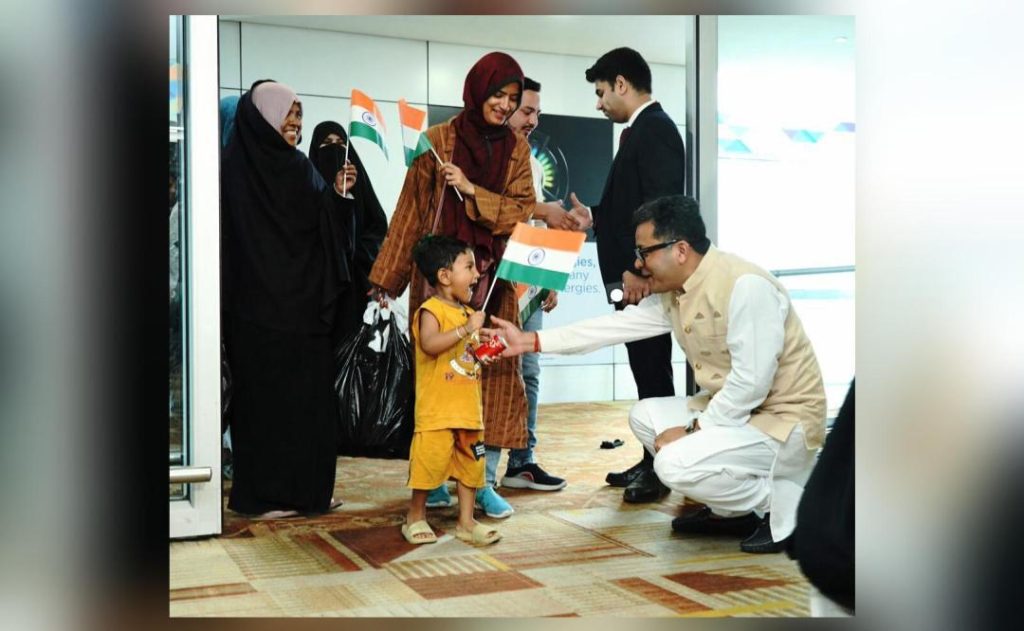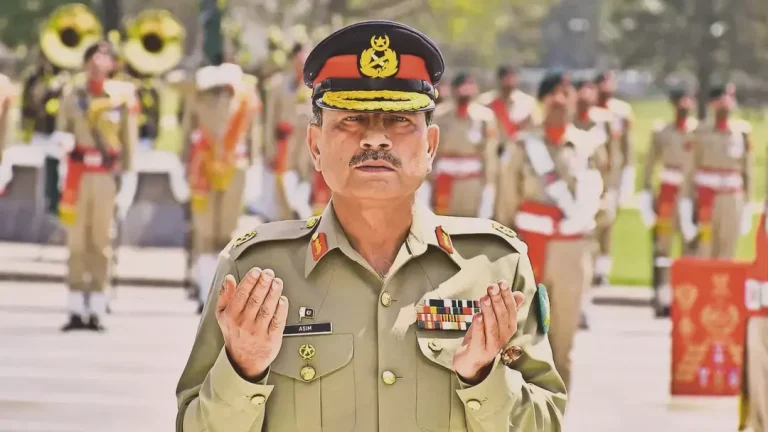
Indian Govt Evacuates Indian, Sri Lankan & Nepalese Nationals from Iran
In a significant move to ensure the safe return of its citizens stranded in war-torn Iran, the Indian government has successfully evacuated 281 Indian, 3 Sri Lankan, and 2 Nepalese nationals from the country. This evacuation operation, part of the government’s efforts to repatriate its citizens from conflict zones, is a testament to the government’s commitment to protecting its citizens abroad.
According to a tweet by MEA spokesperson Randhir Jaiswal, the evacuated nationals arrived in New Delhi on a special flight from Mashhad, a city in Iran, at 1500 hours on June 24. This marks a significant milestone in the government’s efforts to evacuate its citizens from Iran, with a total of 2576 Indian nationals having been repatriated so far under Operation Sindhu.
The evacuation operation was carried out in close coordination with the Iranian government, which has been grappling with a severe crisis in the region. The conflict in Iran has led to a significant humanitarian crisis, with thousands of people displaced and many more in need of food, shelter, and medical aid. The Indian government’s efforts to evacuate its citizens from the country are a testament to its commitment to ensuring the safety and well-being of its citizens abroad.
The evacuated nationals were stranded in Iran due to the ongoing conflict and were in dire need of assistance. The Indian government’s swift action to evacuate them is a huge relief to their families, who were worried sick about their safety and well-being. The government’s efforts to evacuate its citizens from conflict zones like Iran are a crucial aspect of its foreign policy, which is focused on protecting the interests of Indian citizens abroad.
The evacuation operation was carried out using a special flight from Mashhad, which is one of the cities most affected by the conflict in Iran. The flight was a major logistical challenge, given the complex security situation in the region. However, the government’s efforts to evacuate its citizens were successful, with the nationals being brought back to India safely and securely.
The Indian government’s efforts to evacuate its citizens from Iran are part of its broader strategy to protect its citizens abroad. The government has been working closely with other countries to ensure the safe return of its nationals from conflict zones around the world. The government’s commitment to protecting its citizens abroad is a key aspect of its foreign policy, which is focused on ensuring the safety and well-being of Indian citizens abroad.
The evacuation of Indian, Sri Lankan, and Nepalese nationals from Iran is a significant development in the region, which has been grappling with a severe humanitarian crisis. The conflict in Iran has led to a significant displacement of people, with many more in need of food, shelter, and medical aid. The Indian government’s efforts to evacuate its citizens from the country are a testament to its commitment to ensuring the safety and well-being of its citizens abroad.
In conclusion, the Indian government’s evacuation of 281 Indian, 3 Sri Lankan, and 2 Nepalese nationals from Iran is a significant development in the region. The government’s efforts to evacuate its citizens from conflict zones like Iran are a crucial aspect of its foreign policy, which is focused on protecting the interests of Indian citizens abroad. The evacuation operation was a major logistical challenge, but the government’s efforts were successful, with the nationals being brought back to India safely and securely.






